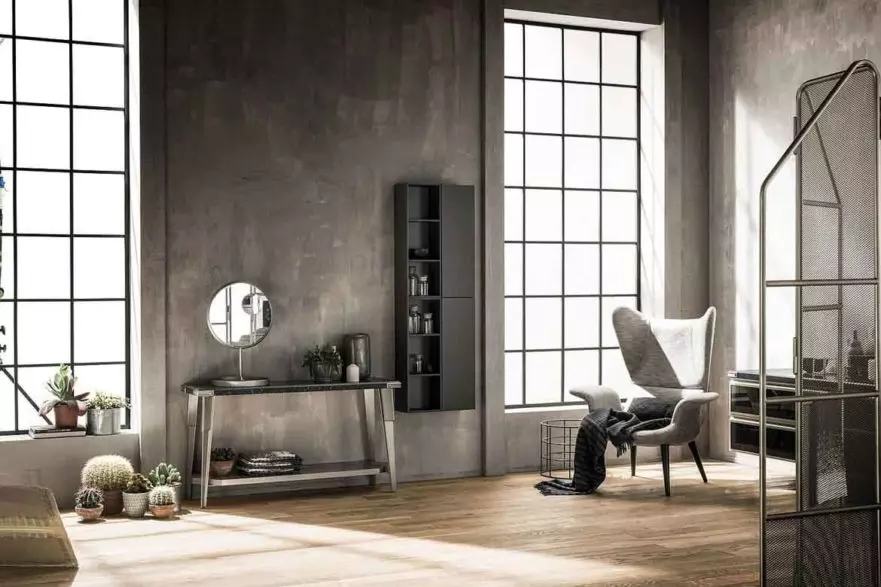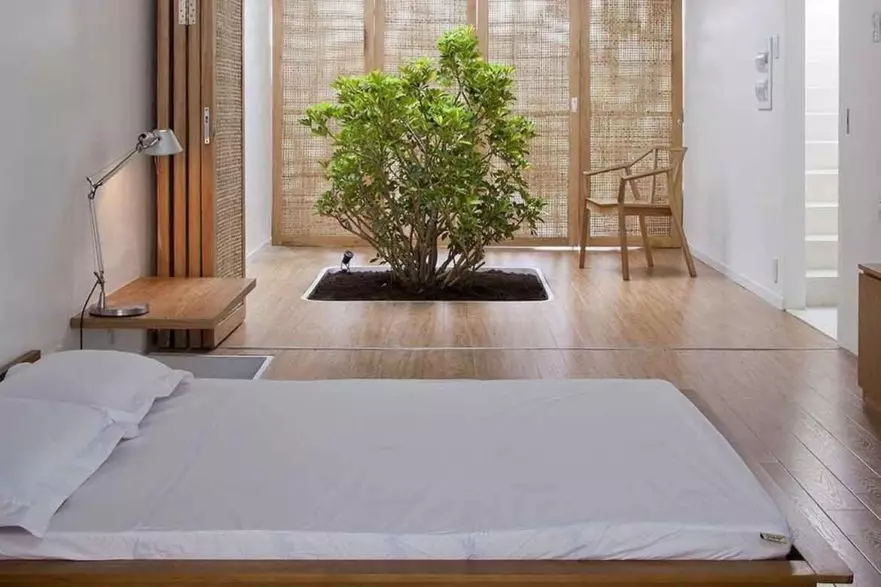Minimalism has emerged as a powerful design movement, encompassing various forms of art, including interior design, architecture, music, and fashion. This design philosophy, characterized by simplicity, purpose, and cleanliness, became popular in the late 1960s and has experienced a recent resurgence. While minimalism is often associated with Scandinavian design principles, it has evolved into a global phenomenon, creating organized, spacious, and serene living spaces.
At its core, minimalism is a reaction against excessive consumerism, stripping away unnecessary clutter and emphasizing the essentials of home comfort. A truly minimalist design embraces the beauty of simplicity, inspiring inner peace and tranquility. However, in recent years, modern minimalism has veered away from its original purpose and has become a status symbol for the affluent. The focus shifted from creating beautiful spaces with less to acquiring new things at a whim.
This has led to the rise of maximalism, the polar opposite of minimalism, which champions sentimental objects and trinkets. Yet, the allure and charm of minimalism remain strong, as it offers a sense of order and clarity in a chaotic world.
Embracing Minimalism: Beyond Design
Minimalism is more than just a design style; it can also be a lifestyle choice. Minimalist living entails a commitment to simplicity, functionality, and waste reduction. Minimalists prioritize possessions that serve an immediate and necessary purpose. They lead a spiritual lifestyle, often engaging in activities such as meditation and mindful consumption.
Transitioning into a minimalist lifestyle requires time and dedication. It involves reshaping habits and reevaluating spending patterns. Letting go of possessions that do not align with the minimalist philosophy can be challenging. However, the rewards of a minimalist lifestyle are profound, offering clarity, focus, and a newfound appreciation for the essentials.
Minimalist House Design: Images and Inspiration
Minimalism is a versatile design style that can be applied to various types of homes, from modern apartments to industrial houses. Let's explore some stunning examples of minimalist house design:
1. Minimalistic Apartment

Minimalism thrives in small spaces, making it an ideal design style for modern apartments. By maximizing negative space and minimizing clutter, minimalist living rooms create a sense of openness and tranquility. Emphasizing clean lines and incorporating simple, sleek furniture can transform your living space into a minimalist haven.
2. Modern Minimalist House

Modern minimalist houses exude simplicity and strength through clean lines and symmetrical designs. Prefabricated minimalist houses are becoming increasingly popular due to their affordability and ease of construction. These homes offer a perfect blend of functionality and aesthetic appeal, creating a serene living environment.
3. Minimalist Industrial House

Minimalism beautifully complements industrial aesthetics, utilizing raw and unrefined textures to create a unique ambiance. Concrete walls and steel accents are often employed to accentuate open spaces. The combination of minimalist design principles with industrial elements results in an elegant and striking home.
4. Small Minimalist House

Minimalism is particularly suited for small homes, demonstrating how less can truly be more. Creative architectural designs and clean lines can create the illusion of larger spaces within limited dimensions. This small house exemplifies the ingenuity of minimalist design, highlighting the importance of purposeful living.
5. Minimalist Tropical House

Minimalism transcends geographical boundaries, adapting to different climates and cultures. Tropical minimalism, gaining popularity in warmer regions, embraces abundant natural light, open spaces, and natural textures. Muted, harmonious colors blend seamlessly with the surroundings, creating a serene and tropical oasis.
6. Minimalist Zen House

Japandi design, a fusion of Scandinavian and Japanese minimalism, represents the epitome of minimalist house ideas. This aesthetic combines natural materials, subtle colors, and simple furniture to create a spiritual haven. The serene bedroom design depicted above embodies the essence of zen minimalist living, promoting peace, calm, and productivity.
In conclusion, minimalism offers a pathway to creating beautiful and functional living spaces. By embracing simplicity, decluttering, and prioritizing the essentials, minimalist house design can transform any home into a serene sanctuary. Whether you prefer sleek modern apartments, industrial aesthetics, or a tropical oasis, minimalism provides endless possibilities for creating a comfortable and visually appealing environment. Let minimalism guide your design choices and unlock the potential of space and tranquility in your home.









